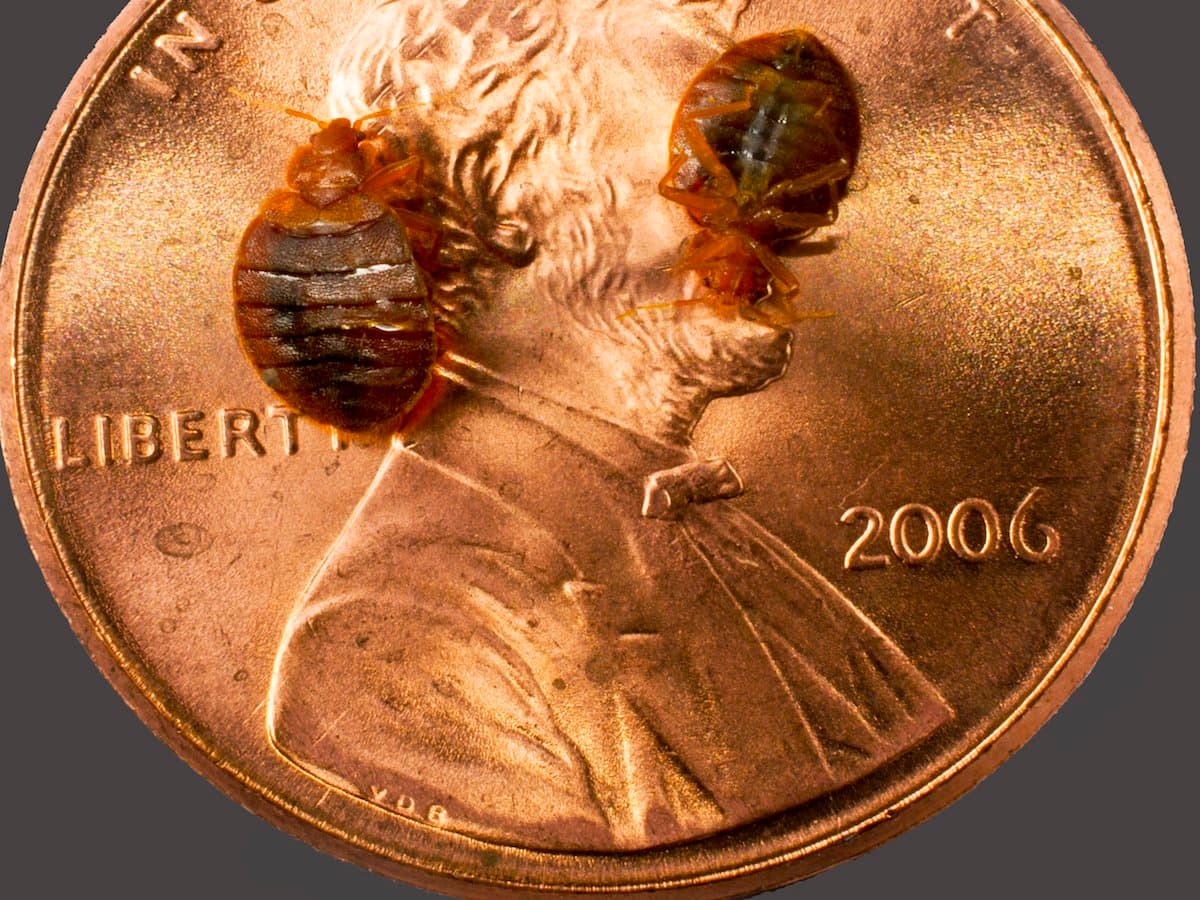A1 Bed Bug Exterminator Houston: Reliable Treatment Solutions
A1 Bed Bug Exterminator Houston: Reliable Treatment Solutions
Blog Article
Comprehending the Lifecycle of Bugs for Targeted Control Techniques
Understanding the lifecycle of parasites is an essential aspect of effective pest management strategies. By comprehending the numerous phases of growth that parasites go through, a much more targeted and specific technique can be taken on to regulate their populations. This knowledge not just clarifies the vulnerabilities within the pest lifecycle yet likewise leads the way for carrying out calculated procedures that can interrupt their growth and reproduction cycles. Via a much deeper understanding of how parasites flourish and evolve, tailored control methods can be developed to deal with specific factors in their lifecycle, ultimately bring about more effective pest management results.
Value of Understanding Parasite Lifecycle
Recognizing the lifecycle of bugs is necessary for establishing effective and targeted control approaches in pest management. By comprehending the numerous stages a pest goes with from egg to grownup, parasite control experts can determine prone points in the lifecycle where intervention can be most successful.
Moreover, recognizing the specific ecological problems needed for each phase of the insect's lifecycle can assist decisions on habitat adjustment or exemption approaches to interrupt the lifecycle and reduce parasite populations. This understanding makes it possible for pest administration professionals to carry out proactive measures instead of counting entirely on reactive therapies, resulting in even more sustainable and long-lasting insect control services. Inevitably, an extensive understanding of insect lifecycles encourages insect control experts to customize their strategies efficiently, optimizing and reducing ecological effects control end results.
Secret Phases in Parasite Development
To effectively carry out targeted control strategies in parasite administration, a critical facet hinges on thoroughly identifying and recognizing the vital phases in parasite advancement. Pest growth usually contains several crucial stages that are important for their lifecycle and administration. The initial stage is the egg phase, where bugs lay eggs that later hatch right into larvae. Larvae then proceed right into pupae, a phase where they undertake metamorphosis before arising as adult bugs. Recognizing these phases is important as it aids in pinpointing weak spots in the lifecycle where control procedures can be most reliable.

Vulnerabilities in Insect Lifecycle
Throughout the various stages of a pest's lifecycle, unique susceptabilities emerge that can be tactically targeted for effective control steps. One critical vulnerability exists in the egg phase, where pests are commonly extra at risk to certain insecticides or biological control agents due to their soft external covering, making them simpler targets for intervention. Furthermore, the nymph or larval phase provides susceptabilities as pests undertake fast development and advancement, needing high energy consumption that can be made use of by important source disrupting their food sources or introducing development preventions. Pupal stages, identified by stability and change, redirected here offer a window for targeted control through physical barriers or details treatments that prevent successful introduction. Grown-up bugs, while a lot more durable due to their reproductive capability, can still be prone during breeding or egg-laying tasks, which can be disrupted with scent catches or sanitation techniques. Comprehending these vulnerabilities in the pest lifecycle is necessary for establishing accurate and efficient control methods that successfully manage bug populations while lessening ecological influence.
Executing Targeted Control Measures

Applying targeted control measures generally includes a multi-faceted strategy. This might include habitat modification to make the atmosphere much less hospitable to insects, such as getting rid of standing water for insect control or sealing access factors for rats. In addition, organic control methods can be used, where all-natural predators or virus are introduced to keep parasite populations in check.
Chemical control, such as the careful application of pesticides, is one more common approach. Nevertheless, it is necessary to utilize these materials carefully to minimize ecological effect and potential harm to non-target varieties. Integrated Pest Management (IPM) approaches that combine different control procedures in a collaborated and lasting fashion are frequently the most efficient in attaining long-lasting bug monitoring goals. By applying targeted control procedures based upon a thorough understanding of insect lifecycles, parasite populations can be efficiently controlled while reducing dangers to human health and wellness and the setting.
Enhanced Insect Administration Practices

Furthermore, the unification of organic control representatives, such as all-natural killers or virus of insects, can help in reducing dependence on chemical pesticides and promote a much more well balanced ecosystem. Executing physical barriers and catches can likewise become part of enhanced insect monitoring methods, using safe and targeted options for bug control. Additionally, making use of scents and other semiochemicals can disrupt pest breeding patterns and communication, resulting in reduced bug populaces in time.
Final Thought
By determining essential stages in pest growth and vulnerabilities in their lifecycle, targeted control steps can be executed to minimize insect populations. Improved insect monitoring techniques can aid decrease the reliance on broad-spectrum pesticides and promote more sustainable and environmentally friendly insect control methods.
Recognizing the lifecycle of insects is vital for developing effective and targeted control techniques in pest monitoring. By understanding the different stages a bug goes with from egg to adult, bug control professionals can recognize prone points in the lifecycle where treatment can be most effective. Inevitably, a comprehensive understanding of bug lifecycles empowers parasite control professionals to customize their approaches properly, minimizing ecological impacts and making the most of control results.
By applying targeted control procedures based on a thorough understanding of pest lifecycles, insect populations can be properly managed while reducing dangers to human wellness and the environment.
By identifying key phases in parasite advancement and vulnerabilities in their lifecycle, targeted control actions can be executed to minimize insect populations.
Report this page